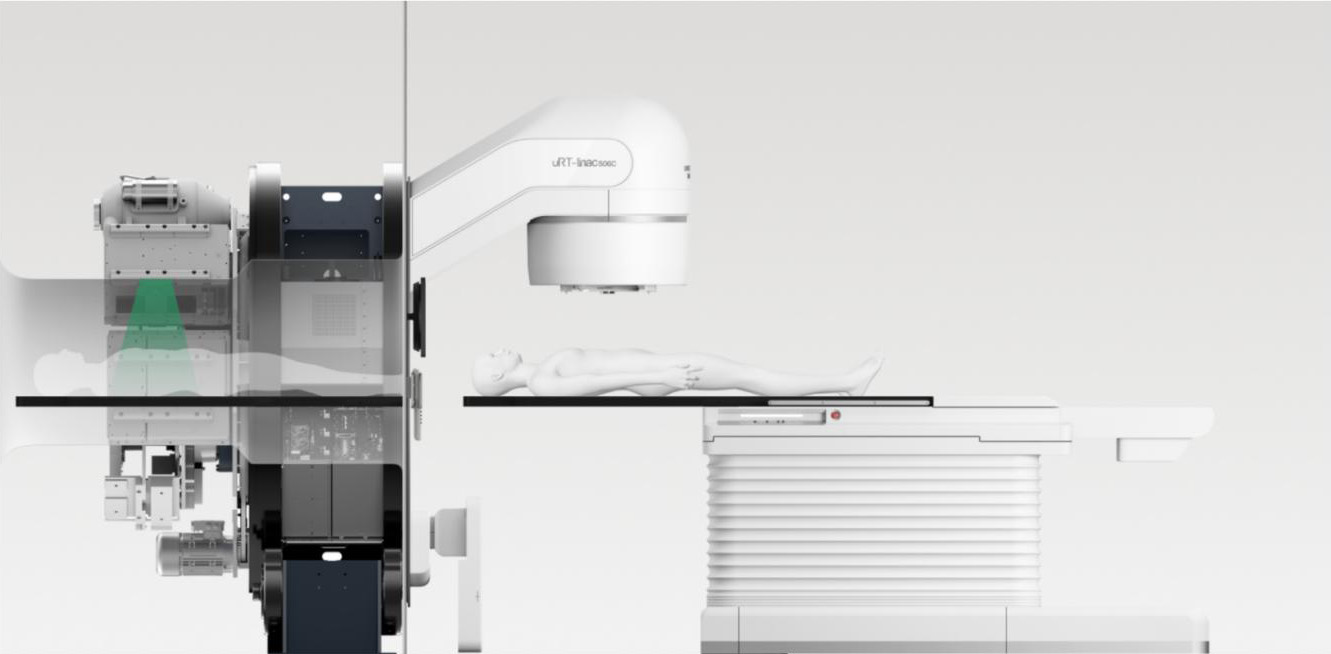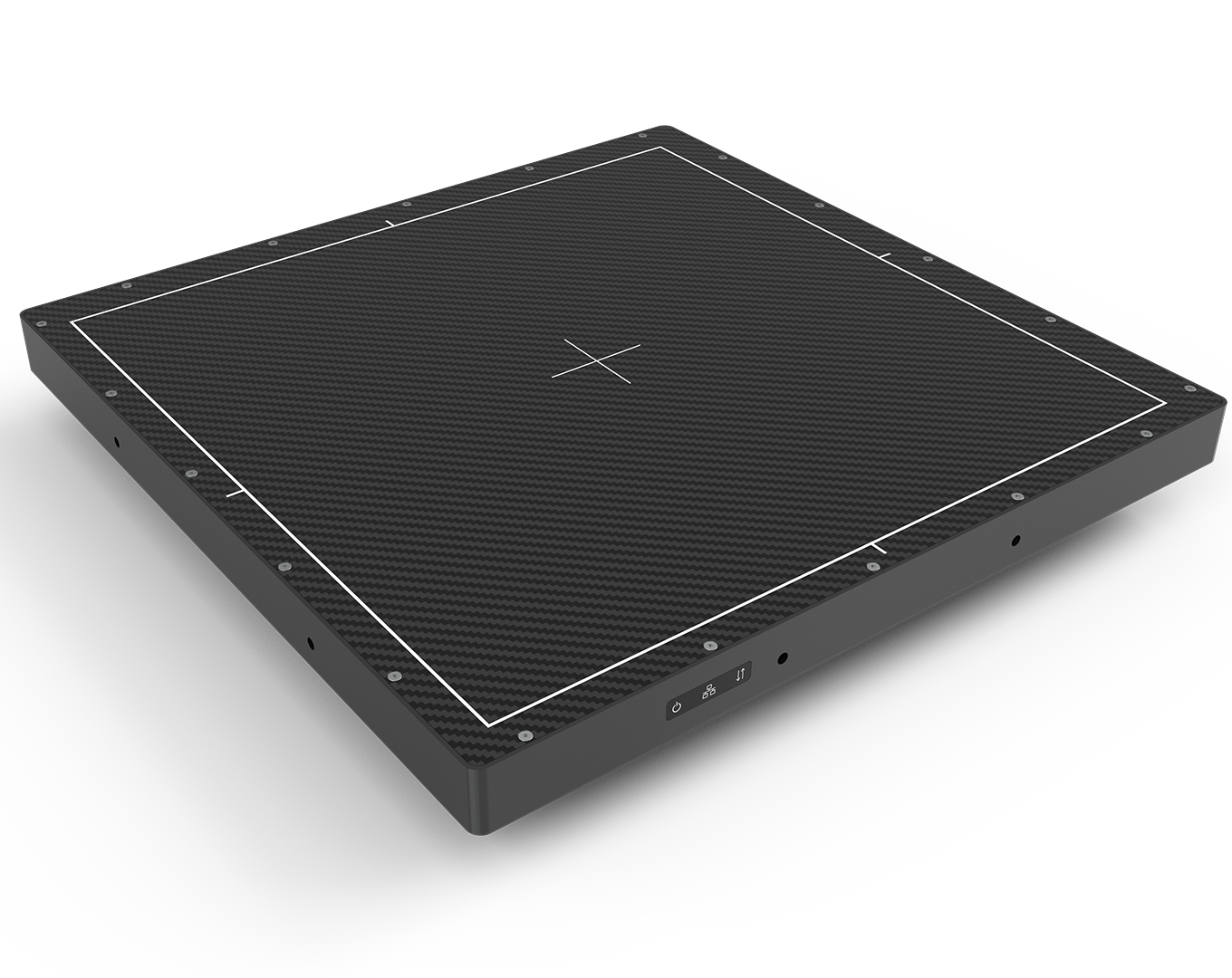Image-guided radiation therapy (IGRT) is a radiation therapy that combines imaging techniques for radiation therapy. During the treatment process of patients, tumors and normal organs can be monitored in real time, and the irradiation range can be adjusted in time. Many factors, such as human respiratory movement, gastrointestinal motility, positioning error of each radiotherapy, and shrinking of tumor target area, can cause the distribution of actual radiotherapy doses to be very different from those in the formulation of radiotherapy plans. IGRT can accurately control the movement of anatomical tissue during treatment and the displacement error between fractional treatments, and can adjust the treatment conditions synchronously according to changes in the patient's organ position, so that the irradiation field can closely "follow" the target area.

Cone-beam computed tomography (CBCT) imaging technology is currently the most widely used radiotherapy image-guided technology. It uses a large-area amorphous silicon digital X-ray flat-panel detector, and can acquire and reconstruct CT images within a certain volume with one rotation of the gantry. The reconstructed 3D image model of the CT image in this volume can be matched and compared with the patient model of the treatment planning system (TPS), and the parameters that need to be adjusted by the treatment couch are automatically calculated.
The X-Panel 4343/3030 series of amorphous silicon X-ray flat panel detectors independently developed and designed by Haobo, with medium frame rate dynamic performance, dustproof and waterproof, 16MV high-energy ray protection level, have high accuracy, clear image and high image resolution High, suitable for accelerator application scenarios such as tumor localization and radiotherapy.
Hardware product recommendation
Post time: Jul-14-2022




